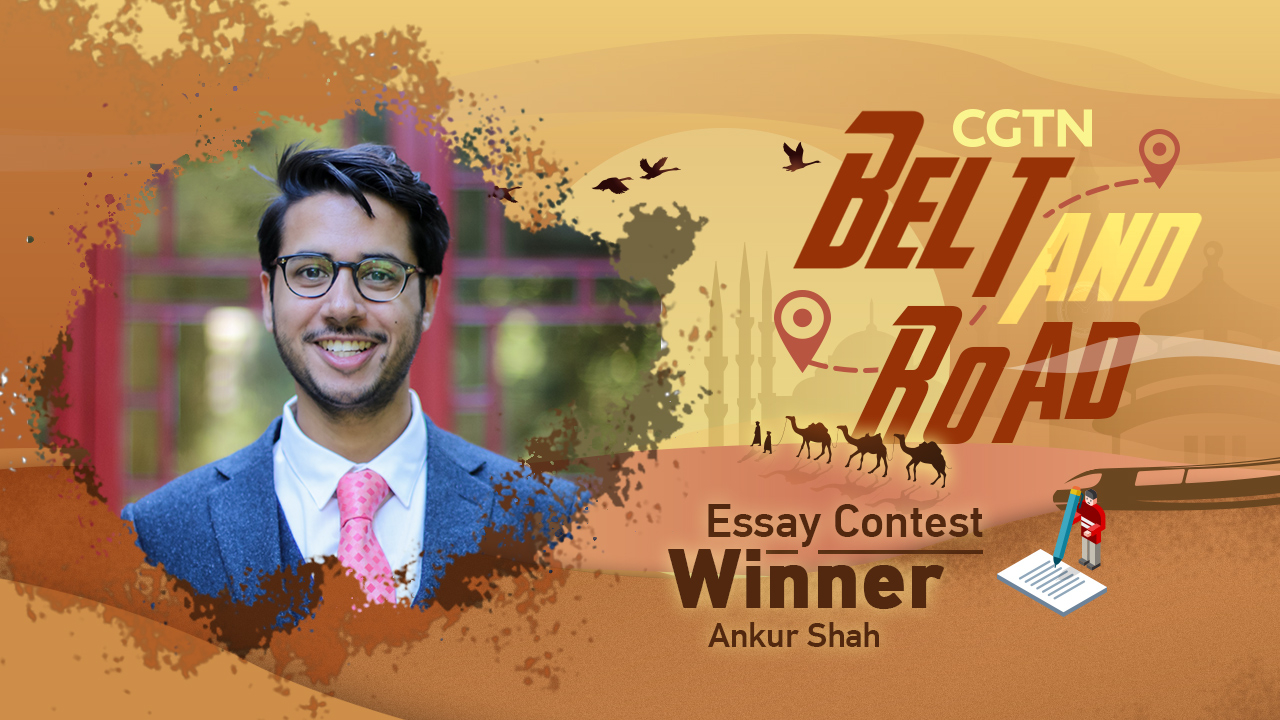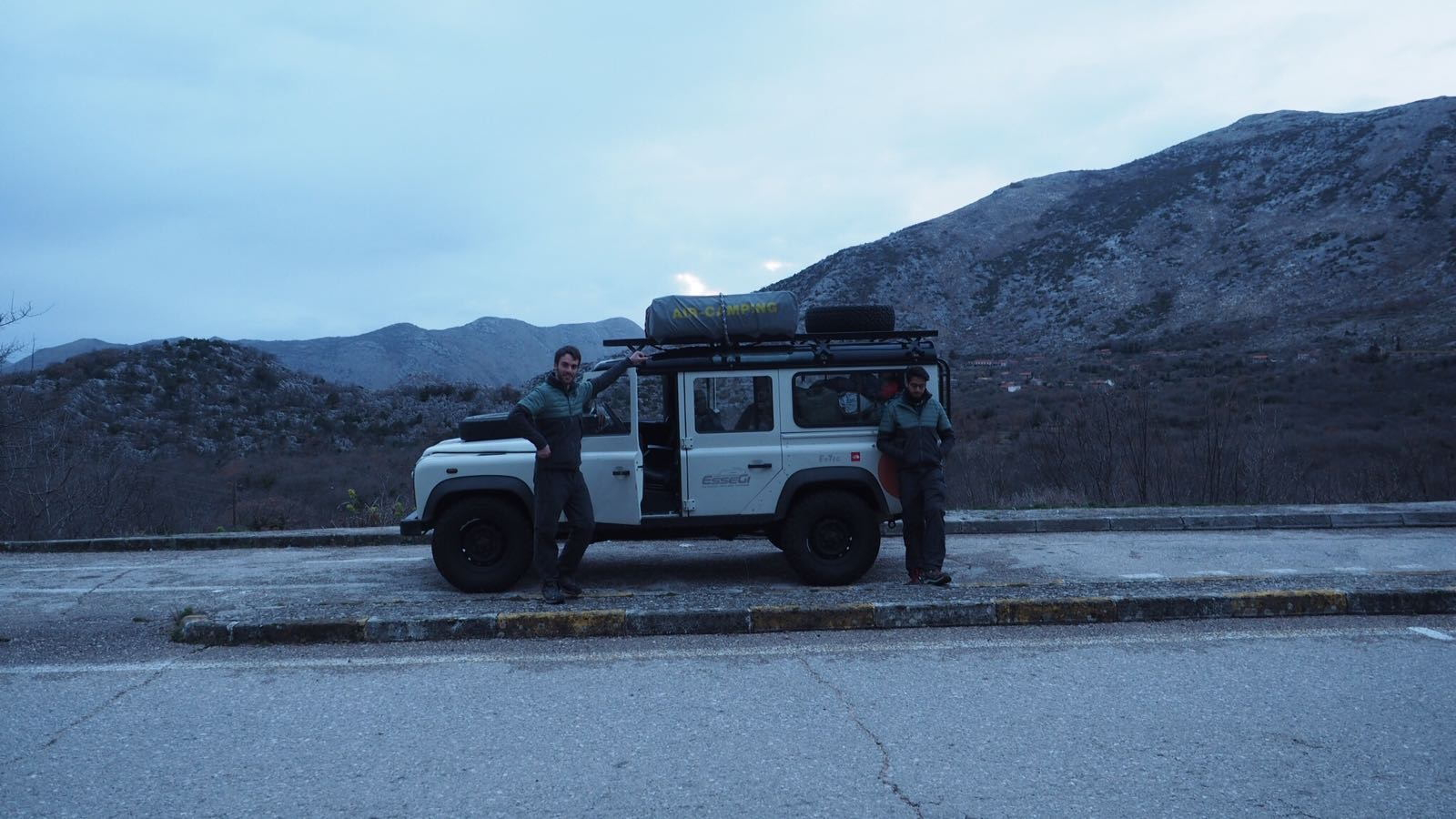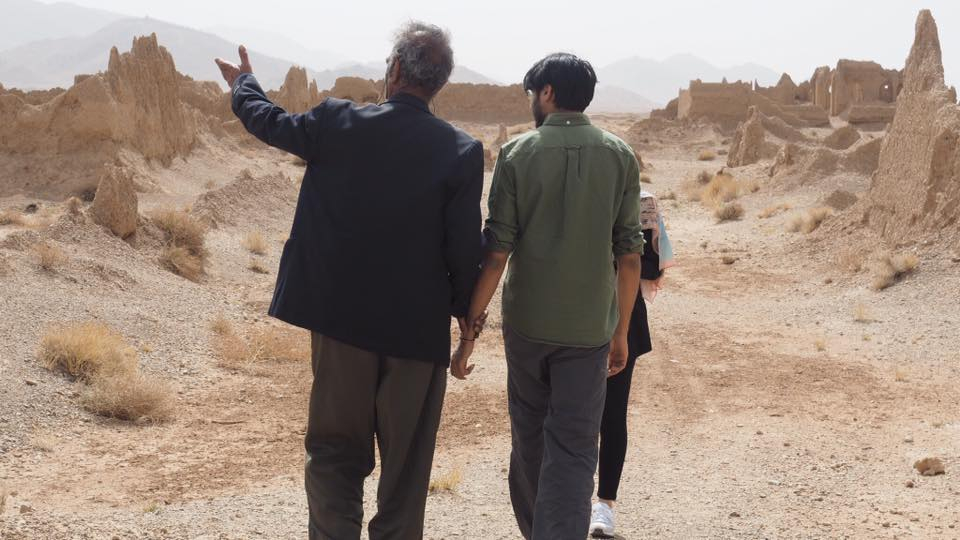
Opinion
10:31, 23-Apr-2019
My story: 105 nights along the Silk Road, an expedition from Venice to Beijing
Ankur Shah

Editor's note: The Second Belt and Road Forum for International Cooperation will be held in Beijing at the end of this month. Over the past six years, we have heard many voices – mostly political and economic – speak about the BRI. But we wanted to also hear from ordinary people who have experienced BRI for themselves. Over 100 people took part in our "CGTN Belt and Road Essay Contest," and we selected the 18 best stories. Here is an essay of our first-prize winners. The article reflects the author's opinion, and not necessarily the views of CGTN.
My Belt and Road (BRI) story began two years ago, in March 2017. The context was critical: the British public voted to leave the European Union in June 2016. In the same year, Donald Trump was elected as president of the U.S. Meanwhile, in January 2017, Chinese President Xi Jinping made a speech at the Davos Forum, presenting China as a bastion of globalization and free trade. The UK, which throughout my life has championed these ideals, was looking inwards, questioning our place in the world. In sharp contrast, Xi's signature foreign policy, the BRI, portrayed China as outward looking, asserting itself on the global stage.
For this reason, two friends and I decided to drive the Silk Roads: whilst the West was seemingly closing its borders, we wanted to cross borders – 16 to be precise. We made plans to quit our respective jobs, and in March 2017 set off on a 23,000 km overland expedition from Venice to Beijing. We were lucky enough to secure sponsorship from the National Geographic, the Paris-headquartered United Nations Educational Scientific and Cultural Organization Silk Road Online Platform and the Washington-based Centre for Strategic and International Studies' (CSIS) Reconnecting Asia project.
We left Venice on a tight four-month schedule. Our Land Rover Defender became our new home and fourth companion, in which we had packed clothing, cameras and camping materials. We also brought along local maps and a spreadsheet with coordinates of over 20 BRI projects at varying stages of development, provided to us by CSIS.

Ankur and Giulio stand in front of the Land Rover in Bosnia and Herzegovina, March 2017. /Courtesy of Ankur Shah
Ankur and Giulio stand in front of the Land Rover in Bosnia and Herzegovina, March 2017. /Courtesy of Ankur Shah
Our ambitions for this expedition were as varied as our sponsors: to retrace the footsteps of Marco Polo, to document the progress of BRI infrastructure projects, and to tell the stories of the people who sit at the crossroads of these ancient routes. The latter, as far as we were concerned, was the most important. Whilst a lot of effort has been made to track the progress of these infrastructure developments from a high level, the micro-level impact and how the BRI impacts the smallest towns and villages are often overlooked or ignored.
During our 105 nights along the Silk Roads, we dedicated our energies as much towards exploring BRI projects as we did interacting with the locals whose histories long pre-date the initiative. We met countless kind, knowledgeable and thoughtful people throughout the expedition, from herders and hawkers to ambassadors and academics. Without the help of these people, we would certainly never have made it all the way to China.
Many of them left a lasting impression on us: a young Iranian mechanic, who not only repaired our car but invited us to share a dinner with all three generations of his family and spend a night recuperating in Abadeh. Two Azerbaijani fishermen, who we encountered by complete chance at the shore of a lake outside of Ganja, whose freshly fried saltfish was served with a side of dark humor and garnished with sage. Finally, our guide in Turkmenistan, who in spite of being himself not allowed to leave the country, had an intrepid and a nomadic spirit that was infectious, and would not be tamed.

Ankur being led by the hand of an Iranian resident in Abadeh, Iran, April 2017. /Courtesy of Ankur Shah
Ankur being led by the hand of an Iranian resident in Abadeh, Iran, April 2017. /Courtesy of Ankur Shah
The BRI is a new phenomenon – its projects have predominantly been constructed within the last decade. Yet the people who live in its vicinity have been around for decades, or even centuries. Their stories and perceptions will ultimately decide the success of the BRI. It is these stories that fascinate me, and I intend to keep dedicating my research and work to understanding and sharing them. If asked to present my BRI story, the first thing that comes to my mind is the stories of those we met on the road. In turn, I am sure that in many unknown or little-visited places along our route, someone else's BRI story will now come to include us.
Six years since the announcement of the BRI, media portrayal of the initiative is overhyped and provocative. Nuanced journalism, however, is still lacking. In this sense, I can't help but feel like my BRI adventures are just beginning. This summer, I will be departing on a 4,300 expedition along the entire Sino-Russian border, exploring the cross border BRI projects in the region.
I intend to escape the polarized perspectives that dominate so much of the discussion around the BRI. Beyond these headlines are ordinary people, whose stories I hope to learn from and share, and from whom I have the best chance of understanding how the BRI is shaping up on the ground.
(The author is a British student at Yenching Academy of Peking University. If you want to contribute and have specific expertise, please contact us at opinions@cgtn.com.)

SITEMAP
Copyright © 2018 CGTN. Beijing ICP prepared NO.16065310-3
Copyright © 2018 CGTN. Beijing ICP prepared NO.16065310-3